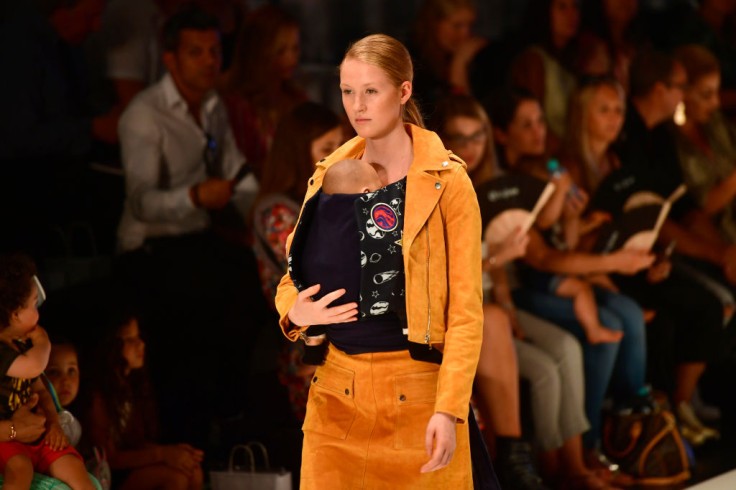
Many parents love trendy baby-wearing products as a convenient way to carry their children. However, a new study presented at the annual American Academy of Pediatrics (AAP) meeting had shown that these slings or wraps cause more injuries to infants below six months old.
Experts led by Dr. Samantha Rowe from Maryland analyzed over 14,000 cases of babies five months and younger, commonly transported by their parents using slings, warps, harnesses, and similar forms of carriers. More than half of these cases were tied to injuries because the child fell out of the baby-wearing products, and 19.3 percent of these injuries required hospital intervention.
At least 60 percent of the children who were hospitalized had a traumatic brain injury as their babies fell out because of the improper fitting. Though the findings are still abstract, Dr. Rowe said they hope to break down the epidemiology and impact of these baby-wearing products to help with the emergency cases brought at hospitals.
What's Wrong With Baby-Wearing Products?
To be clear, Dr. Rowe and her team said that baby-wearing products are nothing new. Its history of use could be traced back to prehistoric times.
Over the last decade, however, these items have generated new interest from parents as the slings and wraps are promoted for convenient breastfeeding and bonding. Many moms swear by these products as it helps them free their hands to do other activities while their babies are attached to them.
Baby-wearing products are designed with extra space around the chest to help moms feed their babies discreetly while in public. However, the problem with this design is that the space in the sling or wrap is not as secure.
One case of a baby slipping from the sling was noted in the BMJ Journals over two decades ago. A 17-day-old baby hit her head on the pavement when she slipped out as her mother tripped over. Upon an initial neurological assessment, the baby's stats were normal, but the family returned to the doctor three days later because they noticed that the baby was increasingly drowsy. Though further assessment showed no abnormality, the baby did have a subdural hemorrhage on a small side of her brain that resolved after a week.
Dr. Rowe said that many parents who buy these products make the mistake of not selecting the proper sizes, putting their babies at risk. She advised more parental education and proper guidance as most products do not offer proper guidance.
Risk of Suffocation Also High
The U.S. Consumer Product Safety Commission (CPSC) had also warned parents and caregivers that baby-wearing products might increase the risk of suffocation, especially for premature and low-birthweight infants. Babies who have sniffles and respiratory problems should not be carried on the sling or wrap as well as these could further block their nose or mouth when pressed against their mother's body.
The CPSC said that parents must ensure that they can clearly see their baby's face or that the baby can see them while wrapped on the sling. The baby's face should be close enough to the parent's face to kiss their forehead as a rule of thumb.
After breastfeeding, the mom should change the baby's position with her face above the rim of the cloth. Babies must be kept in an upright, vertical position, and their chin should not be close to the parent's chest.
Related Article: Ceres Chill: Mom Invents Revolutionary Breastmilk Storage Solution